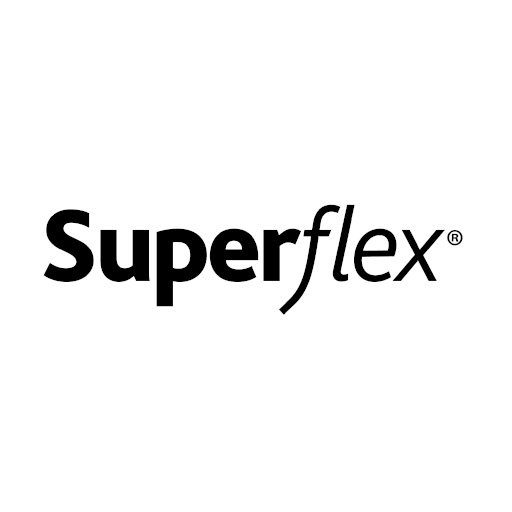Did you know?
- for the multi-focal wearer, mid-range lenses, for the piano or computer work
- specially for small, midrange items and activities like embroidering, miniature crafts and office work
- and polarize them for boating, sailing, fishing, and all outdoor sports
- to improve your sports, by improving your depth perception
- to allow mechanics, carpenters, and pilots, who are multi-focal wearers, to focus close above their heads
- to improve both night vision for driving and indoor vision

Eyewear
Frames
- your face shape
- your colouring
- your lifestyle
- your work environment
- your hobbies
- your prescription
- your face width (your frame needs to be wide enough for your face)
- your eyebrow line (the top of your frame should follow your brow as close as possible)
- your pupil alignment (your pupils should be in the center of your lenses)
- silicone nose pads fit and feel better, reduce slippage, and add comfort
- spring hinges keep your glasses in proper alignment reduces the need for frequent adjustments
- Titanium to eliminate metal allergies
Lenses
Lens Materials
Plastic
This is the most common material because it is half the weight of glass and much more impact resistant.
Polycarbonate
Polycarbonate is the lightest and most impact resistant material. These lenses also include 100% UV protection.
Hi-index
This is a thinner material in varying indices. Hi-index lenses also provide 100% UV protection.
Lens Design
Single Vision
Corrects one field of vision (distance or near).
Bifocal
Corrects two fields of vision (distance and near), with a line separating each field. Bifocal lines are unsightly and create a disturbing jump in your vision when you move from close-up to distance vision
Trifocal
Corrects three fields of vision (distance, intermediate, and near), with a line separating each field. Trifocals have the same drawbacks as bifocals plus the addition of another line on your lenses.
Progressive (multifocal)
Corrects all fields of vision and are designed to deliver maximum performance while providing the most natural vision. This is accomplished by smooth, uninterrupted transition from one viewing distance to another, so you’ll always experience the clearest close-up, intermediate, and distance vision without unsightly lines.
Coatings
- Scratch-resistant (reduce those caused by everyday wear).
- Extends the life of your lenses
- Eye protection from blue light that computers emit
Anti-reflective
Anti-reflective lenses let more light through to your eye which enables you to see better. This is very important because as we age, we need more light to see properly.
Anti-reflective lenses virtually eliminate annoying glare and reflections caused by neon lights, computer screens, and vehicle headlights.
Anti-reflective lenses improve vision and reduce eyestrain by reducing glare and reflections.
Anti-reflective lenses appear almost invisible which makes your eyes the focus of attention, not your lenses.
Tints
Add a light tint to your lenses to reduce glare and eyestrain.
Or choose a dark tint and make your lenses into sunglasses (ensure you add a UV400 coating).
Transitions©
Have a built-in adjustable tint that adjusts to the light you are in. These lenses darken in outdoor light and quickly become virtually clear indoors.
UV400
Protects your eyes from harmful UV rays which have been linked to cataracts and other eye damage.

Sunglasses

Ray Ban

Fysh Eyewear

KLiiK

Hugo Boss

Superflex

Izumi

Allsaints
This British fashion brand is new to North America. They offer beautiful modern, trending ophthalmic and sunglass frames.


